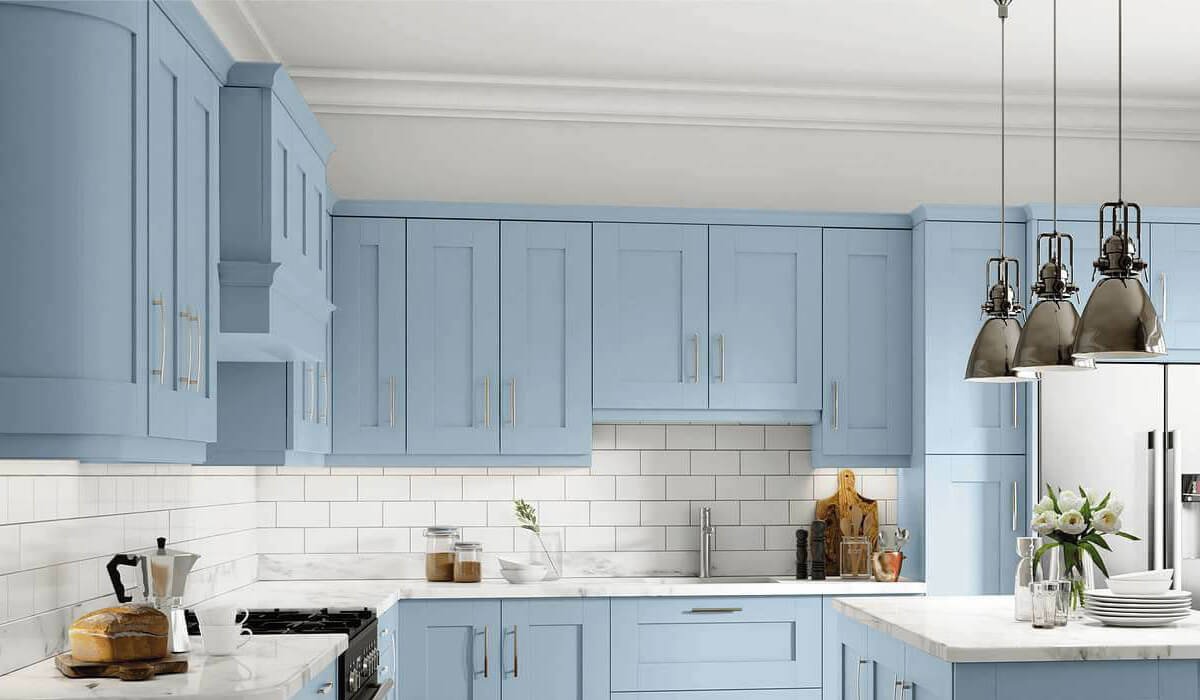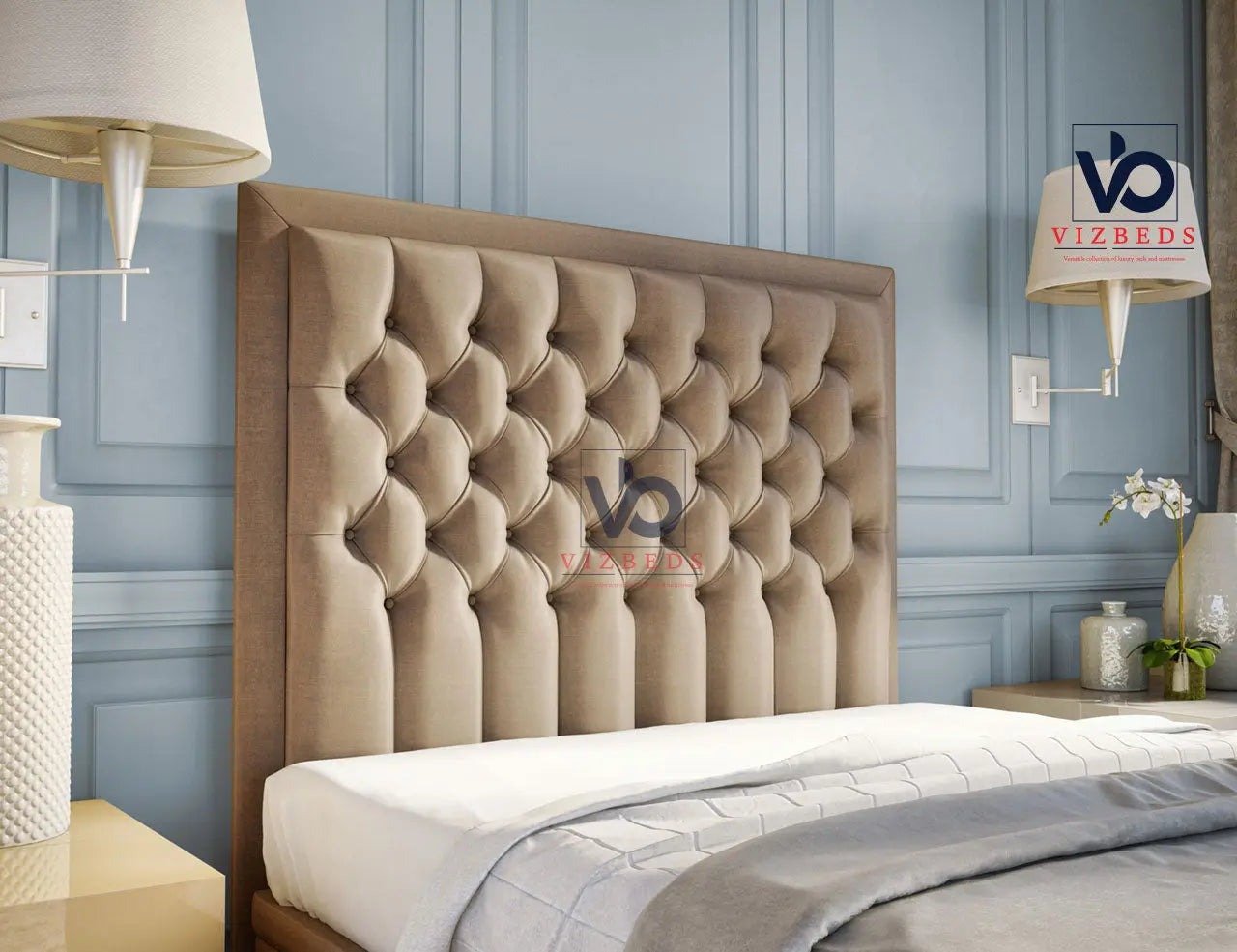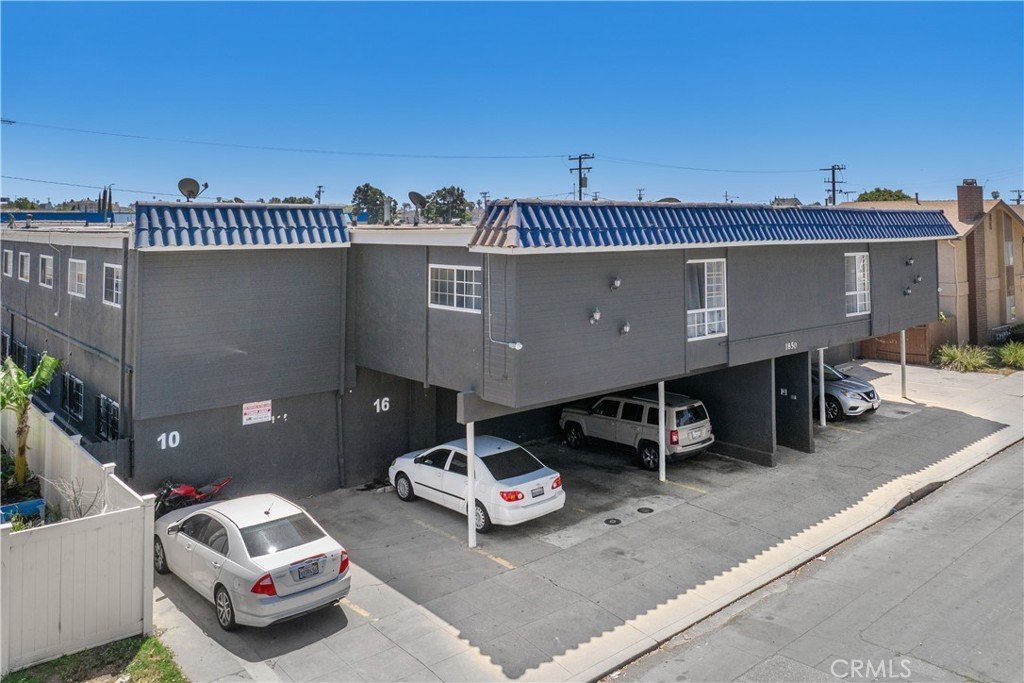Installing kitchen wall cabinets looks simple, right? You just hang them up, screw them in, and you’re done. But nope. That’s where a lot of people mess up. Little mistakes can turn your dream kitchen into a frustrating project.
If you live in Chicago, you already know how every inch of space matters. Good cabinets make life easier. Bad installation? Total headache. Let’s talk about the most common mistakes people make — and how to skip them completely.
Not Measuring Right
This one’s huge. Probably the biggest mistake of them all. People often guess the measurements and end up with crooked cabinets.
Why Measurements Matter So Much
Even being off by half an inch can ruin everything. Your doors won’t line up. The cabinets may hit the ceiling or stick out awkwardly. In Chicago homes, where kitchen spaces can be tight or oddly shaped, precision is everything.
Here’s How to Measure Right
- Grab your measuring tape. Use a level tool. Don’t eyeball it.
- Measure the wall height: cabinet width, and ceiling clearance carefully. Mark those wall studs while you’re at it.
- Double-check: Then check again. Seriously, “measure twice, cut once” isn’t just a saying — it’s survival.
If you’re not confident, ask someone who knows kitchen cabinet designs in Chicago. Locals understand how different houses here can be.
Skipping the Wall Studs
This one happens way too often. People hang their wall kitchen cabinets directly into drywall. Big mistake.
The Problem
The drywall isn’t strong enough. Once you fill those cabinets with dishes, they’ll start pulling away from the wall. Imagine opening a door one day and the whole thing crashes down. Yikes.
How to Do It Right
- Use a stud finder. Always. Mark where the studs are before drilling.
- Mount your cabinets directly to those studs using long, sturdy screws. That’s how you make sure your cabinets don’t go anywhere.
If you want the best wall cabinets to stay put, studs are your best friend.
Skipping the Level Check
So, you’ve measured. You’ve drilled. But wait — did you check the level? If not, stop right there.
Why It’s a Big Deal
Uneven cabinets are more noticeable than you think. The doors won’t close properly. One side might look higher. And you’ll notice it every single time you walk into the kitchen.
What You Should Do
- Use a spirit level. Always start from the highest point of the wall.
- If your walls are uneven — which is common in Chicago homes — adjust accordingly.
- Support your cabinets with a ledger board or a friend while you secure them.
Perfect alignment makes your kitchen wall cabinets look clean, polished, and professional.
Using the Wrong Tools or Cheap Hardware
You can’t build something great with the wrong tools. Yet people try all the time.
Common Tool Mistakes
Some use weak screws or random nails they found in the garage. Others skip using a drill and try to hand-screw everything. That’s a recipe for disaster.
What You Really Need
- Use a power drill, level, stud finder, and strong cabinet screws.
- Add supports or clamps while mounting your cabinets.
- Temporary support boards are lifesavers if you’re installing alone.
If you’re also working on kitchen and bathroom wall cabinets, proper tools make the difference between “meh” and “amazing.”
Forgetting About Pipes and Wires
Before you start drilling holes, take a breath. Think. What’s behind that wall?
The Hidden Danger
- Electrical wires. Water pipes. Gas lines.
- One wrong move and you’re calling an emergency plumber or electrician.
- And trust me, that repair bill will hurt.
How to Stay Safe
- Get a wall scanner or detector. Find out where those lines are before drilling.
- If you can’t tell, check your house plan or ask a local Chicago contractor.
- Folks who work on kitchen cabinets designs in Chicago know these setups well.
A few extra minutes of checking can save hours of panic later.
Trying to Do It All Alone
We get it. You’re independent. You like DIY. But installing wall kitchen cabinets by yourself? Not a great idea.
Why It’s Hard Solo
- Cabinets are heavy. Holding one up, aligning it, and screwing it in — at the same time — is nearly impossible.
- You’ll either hurt your back or ruin your wall. Maybe both.
Team Up Instead
- Ask a friend or family member to help.
- Even better, hire a professional in Chicago who knows how to handle kitchen and bathroom wall cabinets safely.
- Sometimes, paying for help saves you from a world of regret.
Skipping the Final Touches
You’ve got the cabinets up. Feels great, right? Not so fast. You’re not done yet.
Inspect Everything
- Open and close every door. Make sure they move smoothly.
- Look for any gaps between the wall and the cabinet. Tighten every screw.
- Even the small ones matter.
Add the Finishing Touches
- Now’s the fun part — handles, knobs, lights, maybe a little trim.
- Wipe them clean. Step back. Admire your work.
- If you used the best wall cabinets, this is where they really shine.
Final Thoughts
Installing kitchen wall cabinets isn’t rocket science. But it does take patience, care, and the right steps.
Most mistakes — like poor measuring, skipping studs, or rushing through leveling — happen because people are in a hurry.
If you’re in Chicago, take your time exploring kitchen cabinets designs in Chicago. The styles here are amazing — from sleek modern looks to cozy traditional setups. Just make sure your installation matches that style with precision.
And please, don’t rush.
Plan it. Measure it. Level it. Secure it.
When done right, your kitchen and bathroom wall cabinets will last for years — sturdy, beautiful, and functional.
A well-installed cabinet isn’t just storage. It’s a piece of your home’s personality.
Frequently Asked Questions
What tools do I need to install wall cabinets?
You’ll need a power drill, level, stud finder, and strong screws. A measuring tape, support boards, and clamps also help keep your kitchen wall cabinets aligned and secure. The right tools make installation smoother and more accurate.
Can I install kitchen cabinets alone?
You can, but it’s risky. Wall kitchen cabinets are heavy and tricky to align perfectly. Having help ensures safety, better results, and prevents damage. If unsure, hiring a local Chicago installer for kitchen and bathroom wall cabinets is a smart move.
How high should wall kitchen cabinets be hung?
Most experts recommend installing them 18 inches above the countertop. However, height can vary depending on ceiling size and personal comfort. In Chicago homes, measuring carefully helps match your layout and get that perfect kitchen cabinets design alignment.



Leave a Reply